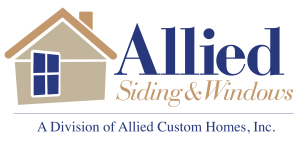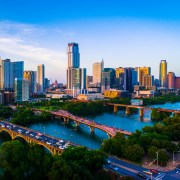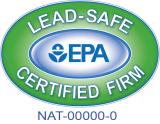What is Low E-Glass?
Unless you’re a contractor who installs windows on a regular basis, navigating which type of glass would serve your home best can become pretty overwhelming. From tempered, tinted, insulated, Low-E… how do you know if you’re making the right decision? Considering that about 70% of energy loss occurs through the windows, it’s crucial to have a basic understanding of the type of panes you’re installing.
In aims of helping you choose wisely, below is an overview of one type of glass; specifically Low-E glass. What is it all about and is it a good selection for your home?
What is Low-E glass?
Low-E means “low-emissivity”. This type of glass is covered in a thin coating designed to minimize the amount of UV rays that come through your windows and maximize energy efficiency. In fact, Low-E glass windows come with the Energy Star logo, which means it exceeds energy efficiency criteria established by the Environmental Protection Agency (EPA) and the Department of Energy (DOE).
When you purchase a Low-E glass window, you’ll notice it will include a sticker that specifies the U-Value. This is a rating that informs you the ability of energy to penetrate the glass. The lower the value, the more energy efficient the window pane will be.
Benefits of Low-E glass?
The beauty of it is that while it protects your family and home from the sun’s harmful effects, it doesn’t the diminish the amount of sunlight that comes through the windows. In addition to keeping UV rays out, installing Low-E glass also results in additional benefits for your home:
- Prevent energy from leaving your home through the windows
- Maintain temperatures consistent throughout your house
- Prevent the original color of wood furniture from fading in the sunlight
- Provide better insulation
- Your home stays cooler in the summer
- Your home stays warmer during winter
All of the reasons stated above keep your household comfortable and maximizes energy efficiency. So in addition, you get to save money on your energy bills.
Is it Installed Inside or Outside ?
The coating is installed on the inside of the glass. So no matter how many branches are outside or little children are inhabiting your home, there won’t be any risk of scratching. It also means that you won’t have to use a different type of detergent to keep the windows clean.
Types of Low-E coating
Passive. Passive coatings allow some of the sun’s infrared rays to penetrate the glass, making them better suited for cooler climates.
Solar Control. Solar control coatings fully block all UV rays and infrared light, making it a better option if your home is located in a mild or hot climate.
Improve your home’s appearance with help from Allied Siding & Windows
If you’re a Texas resident whose home could use an exterior upgrade, don’t hesitate to contact Allied Siding & Windows! As a proud James Hardie® Elite Preferred Contractor, you’ll know you’re working with one of the best siding contractors in the industry. Contact us for more information about our services or stop by one of our showrooms in Austin, Dallas, or Houston!










